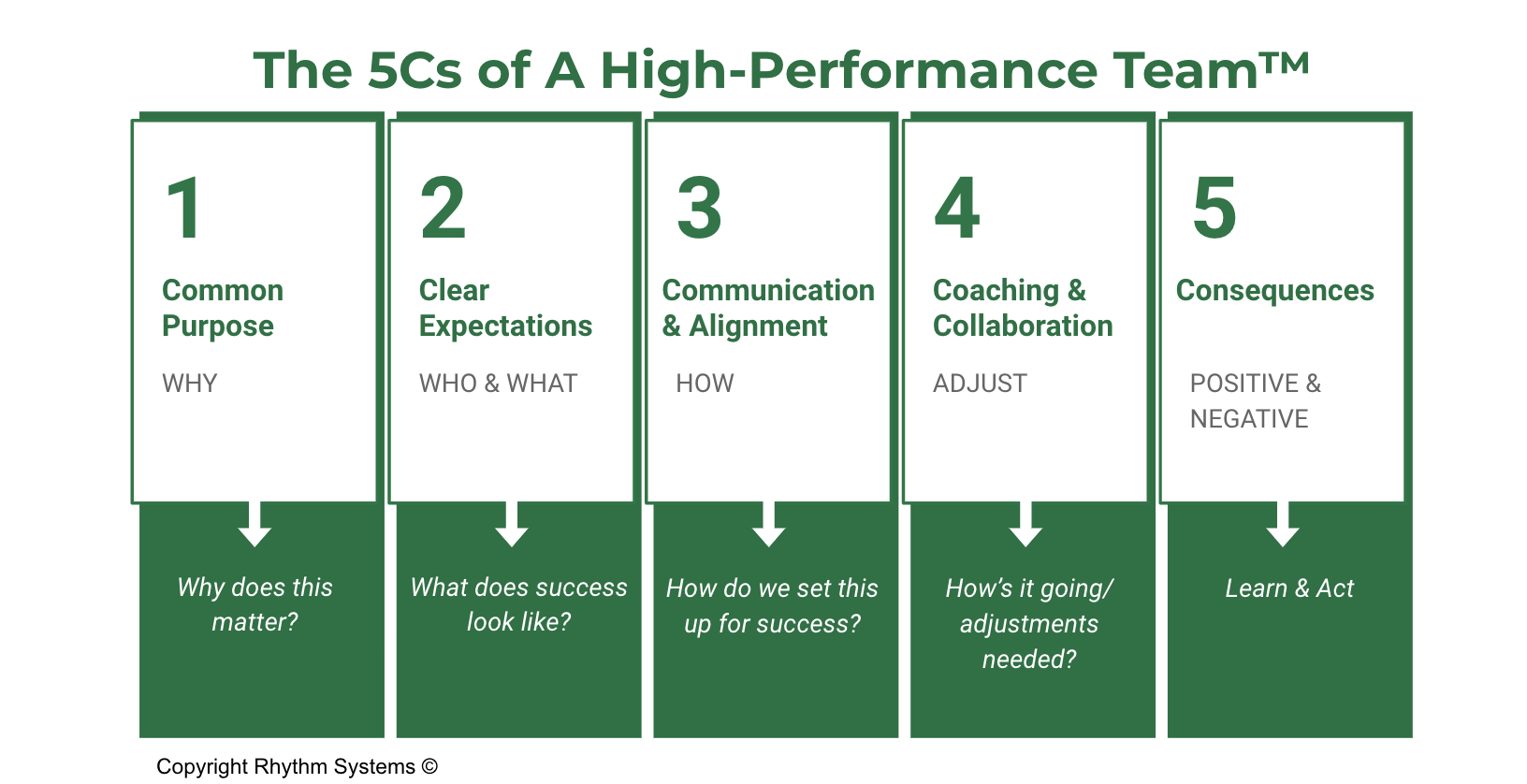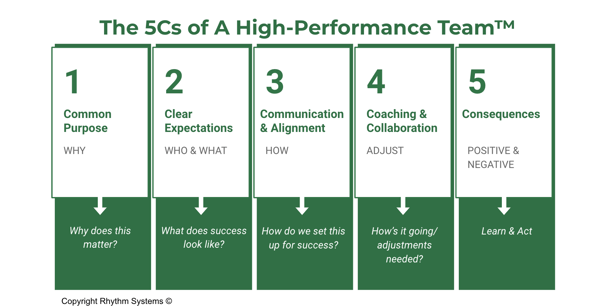If you are like me, your inbox is full of COVID-19 response letters from every vendor, doctor, airline,  restaurant or business of any kind you’ve interacted with. These external communications serve their purpose, but not nearly as essential as your internal response.
restaurant or business of any kind you’ve interacted with. These external communications serve their purpose, but not nearly as essential as your internal response.
No matter what business you are in, if you are the CEO or an executive leader, you're thinking about how your business is responding to (and being affected by) COVID-19. Your people are worried; everyone is worried. At the very least, your job is to lead them through this anxious and uncertain time, and it's also to prepare for the worst, just in case. This is why we always recommend using the 5c's of communication framework to ensure that everyone has all of the information that they need.
You likely will need a back up plan in case your workers have to stay home for an extended period of time and a Plan B if your business is in jeopardy due to the virus or the economic uncertainty and stock market volatility it is causing. In times of fear, the worst thing you, as a leader, can say is nothing. Even if you aren’t personally worried, your lack of communication could be causing your team to make up their own stories, usually the worst ones we can think of - “Jill didn’t say anything about the virus. She must be planning layoffs that she doesn’t want to tell us about yet.” or “I wonder why there’s been no mention of this at work. What will happen if schools are closed? I bet I will have to take unpaid leave or risk losing my job.”
You have to say something, but if you haven’t carefully considered what you share, you could risk causing even more panic. When crisis strikes employees will feel the void left by a lack of communication, often with the worst case scenario.
Our framework, the 5Cs of a high performing team, can help you think through your response and ensure you are leading the team in the carefully considered way this situation requires:
- Common Purpose. Why does this matter?
- In this case, the common purpose is pretty clear - to keep your employees healthy and safe and to protect your business.
- Always remember to keep your communication around purpose anchored to three why’s: why it matters in the big picture, why it matters for the company or team, and why it matters to the individual.
- You can apply this to any decisions you make regarding the virus. If you’ve decided to cancel an event or ask people to work from home for longer than expected, you have to think through the why for your employees individually (what’s in it for them) as well as emphasize the greater reason.
- Clear Expectations. What does success look like?
- Clarify your goals and who is responsible for what.
- Everyone needs information about your company’s sick-leave policies and telework options. Clarify expectations around working remotely: should they work the same hours? Use video conferencing tools?
- If your team cannot work from home, what should they expect if they need to take sick leave?
- Communication & Alignment. How do we set this up for success?
- What’s your ongoing communication plan going to look like? How often should people expect updates? Who should they notify if they are sick or when there are changes to their child’s school plans? Who should they go to with concerns?
- Review the CDC’s recommendations for businesses in responding to the virus, and share the pertinent information with your teams. Encourage people to stay home if they are sick, and for those who cannot work remotely, encourage hand hygiene and disease prevention by making tissues, hand sanitizer, and soap readily available. Ensure frequently used surfaces are being cleaned, and encourage people to avoid handshakes and hugs.
- Outline your plan for keeping everyone in the loop and up to speed so you can be aligned as the situation changes in the coming weeks and months.
- Coaching & Collaboration. How’s it going/what adjustments are needed?
- Your communication should be two-sided. Now that you’ve shared some information ensure you’ve made yourself available for questions and concerns. Hear feedback from the team; there may be gaps in your policies or situations for people you did not consider.
- Listen to concerns, help brainstorm solutions, and continue to communicate to your team. Try to set a reassuring and positive tone, and remember people are responding out of fear. Keeping your own emotions in check can do a lot to steady the team.
- As the situation changes, you’ll need to keep lines of communication open, and ensure information is flowing. If your team is newly remote, you need to have avenues for continuous communication and feedback loops. Whether it’s a chat application or a daily huddle conference call, have a way to keep in touch.
- Consequences. Learn & Act.
- The consequences of mishandling this communication could be confusion, fear, mistrust, and lost productivity for your team. The flip side is that if you handle it well, consequences will be confidence, open communication, and a willingness to band together, whatever the impacts may be for your team.
Want to know more about the 5Cs? Watch our webinar covering "The 5Cs: A Framework to Drive Change and Alignment Successfully." Or if like many, you're feeling stuck on how to navigate your business and make adjustments during this time, please don't hesitate to reach out to us or take a look at our virtual facilitation offerings. We're eager to support you and help you see this unprecedented time through.
Want more information on this topic? Check out these additional resources:
The Five C's of Team Accountability
Team Accountability Begins with Personal Accountability
Building Team Accountability: Job Scorecards
10 Signs of an Accountable Culture [Infographic]
Growing Accountability in Your Organization
Quick Tips for Building Accountability
5 Steps to Having an Accountability Discussion [Video]
Photo Credit: iStock by Getty Images



